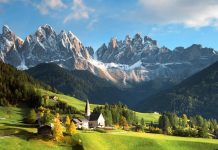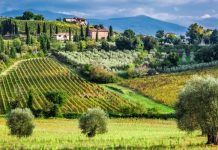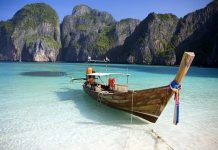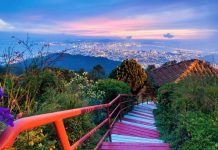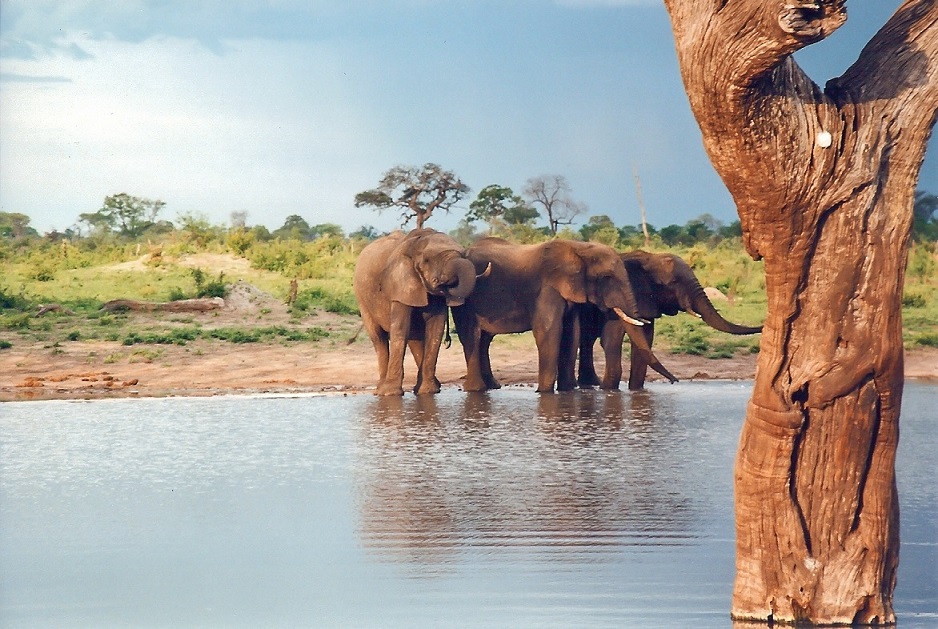
Maasai Mara: The Great Migration Spectacle on East African Savanna
The Maasai Mara National Reserve in Kenya is one of Africa’s most iconic wildlife destinations, renowned for its breathtaking landscapes, rich biodiversity, and, most famously, the Great Migration. This annual natural phenomenon, often dubbed “The Greatest Show on Earth,” sees over 1.5 million wildebeest, 400,000 zebras, and 200,000 gazelles traverse the vast savannas in search of fresh grazing grounds.
The Great Migration: A Perilous Journey
The Great Migration is a continuous, year-round cycle driven by rainfall and the availability of grass. The journey begins in the Serengeti plains of Tanzania, where herds gather between December and March to graze and give birth to thousands of calves. By late June or early July, as the dry season sets in, the animals start moving north toward the Maasai Mara in search of lush pastures.
Key Phases of the Migration in Maasai Mara
- The River Crossings (July – October)
The most dramatic and dangerous part of the migration occurs when the herds reach the Mara and Talek Rivers. Here, they face ferocious crocodiles and strong currents while attempting to cross. The sight of thousands of wildebeest plunging into the water, some succumbing to predators, is both awe-inspiring and heartbreaking. - Grazing on the Mara Plains (August – October)
Once across the rivers, the herds spread across the Mara’s open grasslands, attracting lions, cheetahs, leopards, and hyenas that lie in wait for weak or young prey. This period offers some of the best predator-prey action for safari-goers. - The Return Journey (November – December)
As the short rains begin in Tanzania, the herds start their journey back to the Serengeti, completing the cycle.
Why Maasai Mara is the Best Place to Witness the Migration
- Abundant Wildlife: Besides the migrating herds, the Mara is home to the Big Five (lion, leopard, elephant, buffalo, rhino) and over 470 bird species.
- Balloon Safaris: A hot-air balloon ride at dawn provides a surreal view of the migration from above.
- Cultural Encounters: The Maasai people, known for their vibrant culture, offer village visits where travelers can learn about their traditions.
Best Time to Visit
While the Mara is a year-round destination, the peak migration months are July to October, with river crossings most frequent in August and September.
Conclusion
The Great Migration in the Maasai Mara is a once-in-a-lifetime wildlife spectacle, showcasing nature’s raw power and beauty. Whether witnessing a river crossing, spotting a lion hunt, or soaring above the savanna in a balloon, this experience is unmatched in the natural world.
For safari enthusiasts and wildlife photographers, the Maasai Mara remains the ultimate destination to witness one of Earth’s last great wilderness events.




